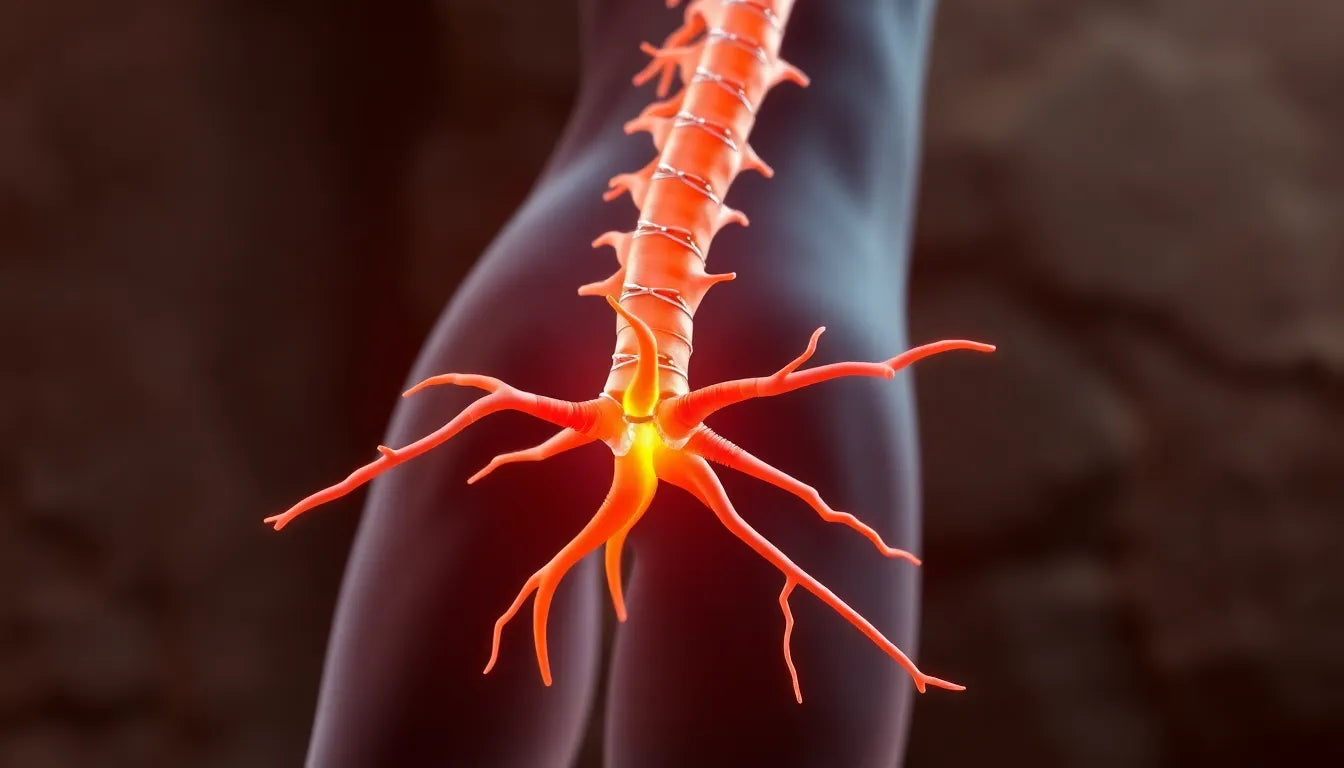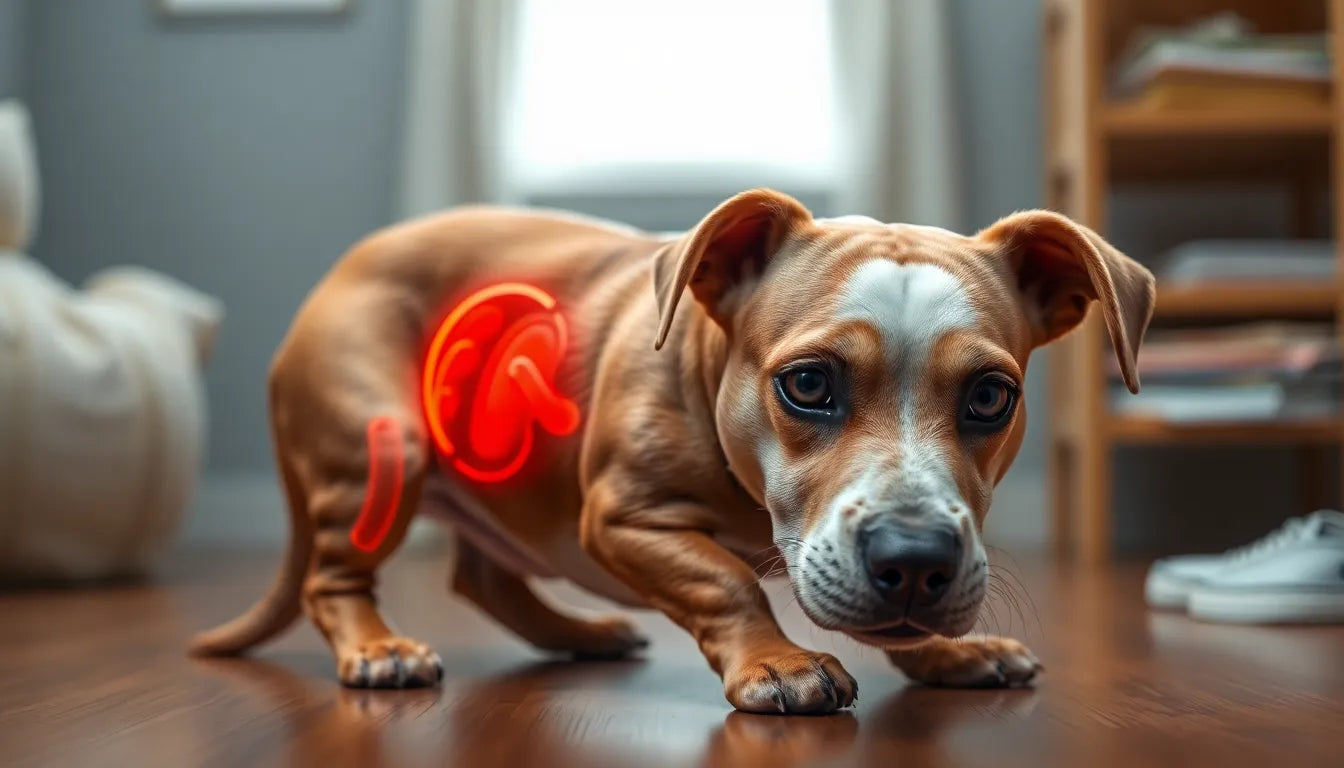Upper back pain stemming from a herniated disc is more common than one might think and can significantly disrupt daily activities. Whether it's the result of age-related degeneration or a sudden trauma, this condition can affect anyone, leading to discomfort that makes even the simplest tasks challenging. Understanding the nature of a herniated disc in the upper back, also known as the thoracic region, is crucial for managing its impact and finding effective relief.
understanding herniated discs in the upper back
A herniated disc in the upper back occurs when the soft, gel-like center of a spinal disc pushes through a crack in the tougher exterior casing. This can irritate nearby nerves and cause pain, numbness, or weakness. The thoracic spine, located in the upper and middle back, is less prone to disc herniation compared to the cervical (neck) and lumbar (lower back) regions, but when it does occur, it can lead to significant discomfort. Common causes include age-related wear and tear, which leads to disc degeneration, or sudden injury from accidents or heavy lifting.
The prevalence of herniated discs highlights the importance of understanding the condition and knowing how to manage it effectively. This blog aims to provide expert tips and insights into relieving the pain associated with thoracic herniated discs. By exploring various management strategies, readers can gain a clearer understanding of how to alleviate discomfort and improve their quality of life.
the purpose of this blog
Our goal is to equip you with expert advice and practical solutions to help manage and relieve the pain caused by a herniated disc in the upper back. From understanding the symptoms and diagnosis to exploring non-surgical and surgical treatment options, this blog will guide you through the complexities of dealing with this condition. Whether you're experiencing mild discomfort or severe pain, the information provided here will help you navigate your journey to recovery with confidence and clarity.
By delving into the causes and implications of a thoracic herniated disc, we aim to empower you with knowledge and strategies that can make a significant difference in your daily life. Stay tuned for expert tips and advice on managing this condition effectively, ensuring you can continue to lead an active and fulfilling life despite the challenges posed by upper back pain.
symptoms and diagnosis of a herniated disc in the upper back
Recognizing the symptoms of a herniated disc in the upper back is crucial for timely diagnosis and effective management. The condition often presents with sharp axial back pain, which can be debilitating and persistent. Patients may also experience burning or electric-like sensations that radiate from the back to other parts of the body, indicating nerve irritation. Sensory disturbances such as tingling, numbness, and even motor deficits like leg weakness and gait instability can further complicate the condition, affecting mobility and quality of life.
Diagnosing a herniated disc in the thoracic region involves a comprehensive approach. Medical professionals typically start with a physical examination to assess the patient's range of motion, reflexes, and muscle strength. Imaging tests, such as MRI or CT scans, are often employed to confirm the diagnosis, providing detailed images of the spine and revealing any disc abnormalities. These diagnostic tools are essential in determining the extent of the herniation and guiding appropriate treatment plans.
exploring non-surgical treatment options
For many individuals, non-surgical treatments can effectively manage the symptoms of a herniated disc in the upper back. Rest and activity modification are fundamental components of conservative management. While it's important to allow the spine to heal, complete inactivity can lead to stiffness and muscle weakness. Therefore, balancing rest with gentle activities is crucial. Engaging in mild exercises can promote healing and prevent further complications.
Physical therapy plays a significant role in the rehabilitation process. A physiotherapist can design a personalized exercise program aimed at strengthening the muscles supporting the spine and improving flexibility. Common exercises may include gentle stretches and core strengthening routines that alleviate pressure on the affected disc and enhance overall spinal health.
Pain management is another critical aspect of non-surgical treatment. Medications such as non-narcotic analgesics and anti-inflammatory agents can help reduce pain and swelling. In some cases, doctors may prescribe stronger pain relief medications, but these are typically used for short-term relief under close supervision.
Alternative therapies can also provide relief for some patients. Chiropractic care, for example, focuses on spinal adjustments to reduce pressure on the nerves and improve alignment. Additionally, epidural steroid injections can be administered to target inflammation directly at the site of the herniation, offering temporary relief from pain and discomfort.
when surgical intervention is necessary
While non-surgical treatments are effective for many, some cases of thoracic herniated discs require surgical intervention. Surgery is generally considered when patients experience persistent pain or neurological deficits that do not respond to conservative measures. One common surgical procedure is microdiscectomy, which involves removing the herniated portion of the disc to relieve pressure on the spinal cord and nerves.
Microdiscectomy is typically performed using minimally invasive techniques, which can reduce recovery time and minimize complications. Patients often experience significant pain relief and improved mobility following the surgery. However, recovery time can vary depending on the individual's overall health and the extent of the surgery.
Understanding the symptoms, diagnosis, and treatment options for a herniated disc in the upper back empowers individuals to make informed decisions about their health. Whether opting for non-surgical management or considering surgical intervention, it's essential to work closely with healthcare professionals to develop a personalized treatment plan that addresses specific needs and promotes optimal recovery.
Long-term management and prevention of herniated disc upper back pain
Managing a herniated disc in the upper back requires a comprehensive approach that not only addresses immediate pain relief but also focuses on long-term strategies to prevent recurrence. One of the most effective ways to manage this condition over the long term is through ergonomic adjustments. Ensuring that your workspace is set up to support good posture can significantly reduce the strain on your back. This includes adjusting chair height, desk setup, and monitor positioning to encourage a neutral spine alignment.
Lifestyle changes are equally important in managing and preventing upper back pain from a herniated disc. Maintaining a healthy weight reduces the stress on your spine, while regular exercise helps strengthen the muscles that support your back. Incorporating exercises that enhance core stability and flexibility can further protect your spine. Additionally, a balanced diet rich in nutrients supports overall spine health and can aid in the recovery process.
Frequently Asked Questions
What causes a herniated disc in the upper back?
Herniated discs in the upper back, or thoracic region, can be caused by several factors. Age-related degeneration is a common cause, as the discs naturally lose hydration and elasticity over time. Sudden trauma, such as a fall or accident, can also lead to a herniated disc. Repetitive strain from activities that involve heavy lifting or twisting motions can further contribute to this condition.
How can I tell if my upper back pain is due to a herniated disc?
Upper back pain from a herniated disc is often characterized by sharp, axial pain that may be accompanied by burning or electric-like sensations. Sensory disturbances such as tingling or numbness, and motor deficits like leg weakness, may also occur. If you experience these symptoms, it is advisable to seek medical advice for a proper diagnosis.
Are there any risks associated with not treating a herniated disc?
Leaving a herniated disc untreated can lead to several complications. Chronic pain is a common issue, which can significantly impact daily activities and quality of life. In severe cases, untreated herniated discs can cause nerve damage, leading to permanent sensory or motor deficits.
What are the success rates of surgical treatments for herniated discs?
Surgical treatments for herniated discs, such as microdiscectomy, generally have high success rates. Many patients experience significant pain relief and improved mobility post-surgery. However, recovery outcomes can vary based on individual health factors and the extent of the surgery.
Can ergonomic aids help in managing herniated disc pain?
Yes, ergonomic aids can be beneficial in managing herniated disc pain. Products designed to support proper posture, such as ergonomic chairs, standing desks, and lumbar supports, can alleviate pressure on the spine and reduce pain. These adjustments, combined with proper posture habits, can help prevent further injury.


















